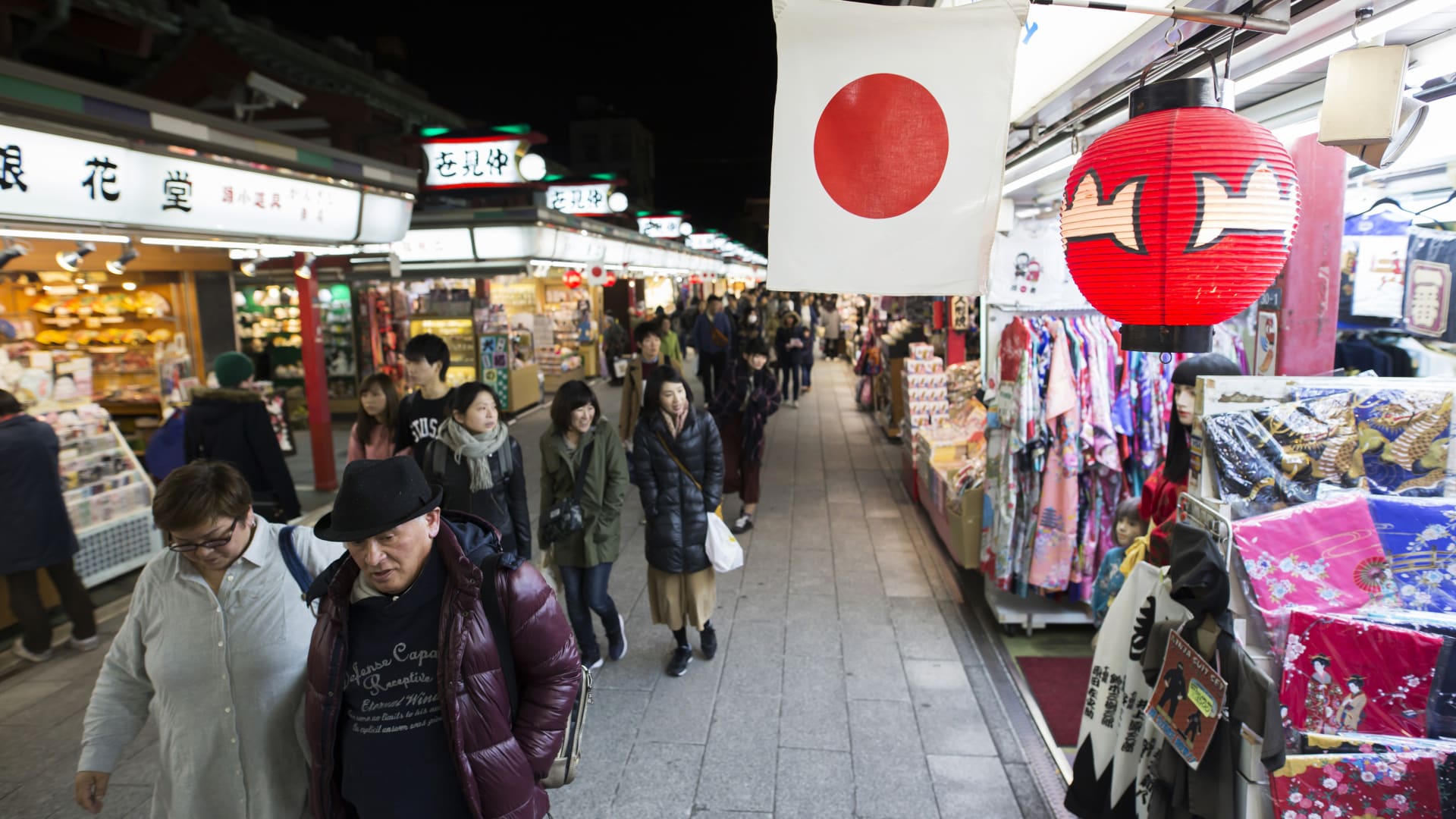WASHINGTON, DC – JANUARY 10: (L-R) Sarah Baus of Charleston, S.C., holds a sign that reads “Keep … [+]
It’s been a bit of a roller coaster for one of the most popular social media apps in the world. Chinese-owned TikTok went dark Sunday after the long-awaited ban finally went into effect, following statements from the Biden administration that it was leaving the decision up to the incoming Trump administration.
Now, TikTok is working to restore service to American users after Trump stated that he would postpone the ban the moment he takes office. Some users are already reporting that the app is live once again, just hours after it shut down, though it is unclear when it will become available to download in the App Store and on Google Play.
In a tweet, TikTok—a subsidiary of the Chinese corporation ByteDance—stated: “In agreement with our service providers, TikTok is in the process of restoring service. We thank President Trump for providing the necessary clarity and assurance to our service providers that they will face no penalties providing TikTok to over 170 million Americans and allowing over 7 million small businesses to thrive.
“It’s a strong stand for the First Amendment and against arbitrary censorship. We will work with President Trump on a long-term solution that keeps TikTok in the United States.”
This follows a post on Truth Social from Donald Trump stating he will sign an executive order extending the period of time before the ban goes into effect, which would allow more time for a potential non-Chinese buyer to make an acquisition. “Americans deserve to see our exciting Inauguration on Monday, as well as other events and conversations,” Trump noted in the statement.
The original idea of a TikTok ban came during Trump’s first term, though the law went into effect during the Biden administration and was reached with bipartisan support. Some critics of the ban suggest that it is not about national security at all, but about exerting more legal control over both foreign and domestic social media companies. Former US congressman Justin Amash tweeted: “The TikTok law isn’t just about TikTok. It’s a weapon against people like @elonmusk who don’t play ball with the U.S. government when it comes to limiting lawful content.” In a separate tweet, he wrote:
“Never forget that nearly every congressional Democrat & Republican voted not only to ban TikTok but also to threaten speech on ALL platforms (including wholly American-owned companies) by giving the government new powers to pressure companies, including X, to engage in censorship & algorithm manipulation.”
Kentucky Rep. Thomas Massie also expressed his concerns with the bill at the time, arguing that the only way to enforce a ban was to prosecute US citizens. Sen. Rand Paul created a TikTok account the day before the ban went into effect, calling it a form of civil disobedience. He posted one video in which he told viewers:
“Why am I joining TikTok just as the government ban begins? Because I don’t like being told what to do. I don’t like being told what I can think or what I can say. The courts may think there’s an exemption to the First Amendment. I don’t. I joined TikTok today as a form of civil disobedience. To the 170 million Americans who use TikTok: Don’t give up, don’t give in. Resist.”
As always, issues of national security and personal liberty come into conflict in ways that are difficult for most observers to parse.
As of now, expect to see TikTok flicker back to life over the course of the day. Whether a deal can be reached before the new expiration date remains to be seen. Many potential buyers have been floated including Elon Musk and popular YouTuber Mr. Beast.
For more updates on the TikTok ban as they happen, check out Forbes’ ongoing coverage.




